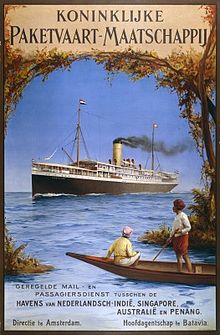
De Koninklijke Paketvaart-Maatschappij (KPM – Royal Packet Navigation Company – was established in 1888 in Amsterdam, the Netherlands. The company was created by merging several smaller Dutch shipping companies that were operating in the Dutch East Indies (now Indonesia). KPM’s main purpose was to provide a regular shipping service between the Dutch East Indies and Europe, as well as between the various islands in the Indonesian archipelago. Over time, KPM became one of the largest and most influential shipping companies in Southeast Asia and the Pacific.
The KPM established its shipping service to Australia through its subsidiary, the Australian-Asiatic Steam Navigation Company (AASN), which was established in 1912. AASN was created to provide regular shipping services between Australia, New Zealand, and the Pacific Islands, using KPM’s ships. The service provided by AASN was initially focused on carrying cargo, but passenger services were introduced later.
In 1927, KPM and the British shipping company P&O established a joint venture called the Eastern & Australian Steamship Company (E&A), which operated a passenger and cargo service between Australia and Southeast Asia. The E&A service used KPM’s ships for the Southeast Asian leg of the journey and P&O’s ships for the Australian leg.
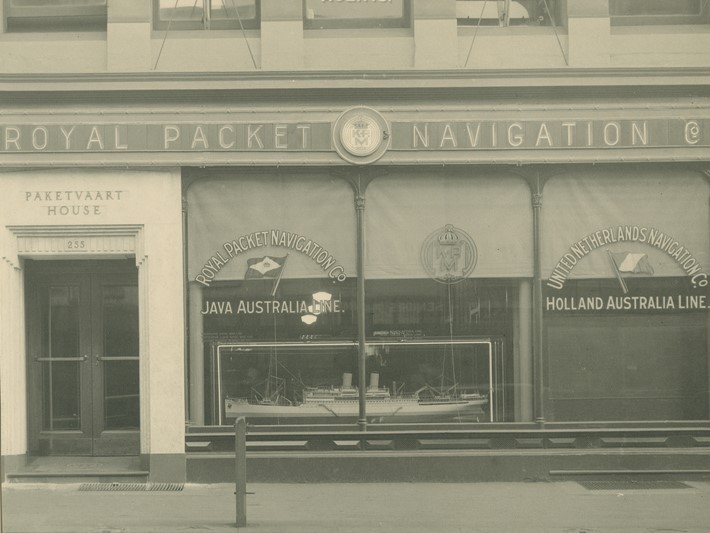
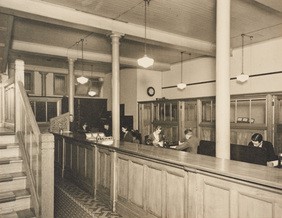
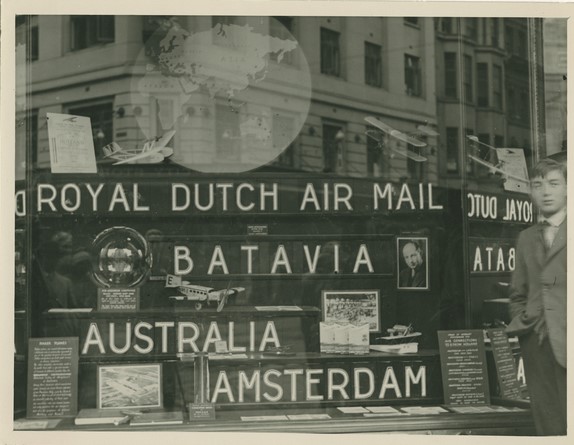
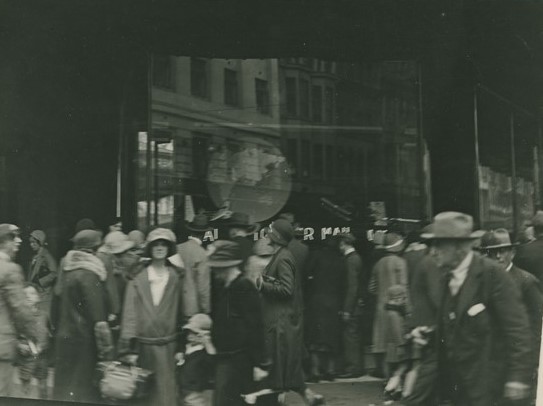
The KPM/AASN and E&A services played an important role in connecting Australia with the rest of the world during the first half of the 20th century, and they were important for trade, migration, and cultural exchange between Australia and Southeast Asia.
During World War II, KPM’s ships were used extensively by the Allied forces for transportation and logistics purposes in the Pacific Theater. After the war, KPM resumed its operations, but the Dutch East Indies gained independence in 1949, leading to the company’s restructuring and eventual merger with other Dutch shipping companies in the 1960s.
It operated a large fleet of ships during its existence. Some of the notable ships that the company operated include:
- Bantam
- Both
- Celebes
- Djambi
- Flores
- Gorgone
- Gorgonella
- Houtman
- Indrapoera
- Le Maire
- Nieuw Holland
- Nieuw Zeeland
- Nusatua
- Roggeveen
- Spillbergen
- Tawali
- Tawangmangu
- Tasman
- Tamzine
- Tjikandi
- Tjikembang
- Tjimanuk
- Tjinegara
- Tjipanas
- Tjisaroea
- Tjitarum
- Van der Capellen
- Van der Lijn
- Van Heutz
- Van Riebeeck
- Van Waerwijck
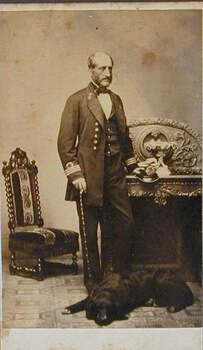
Photographers Freeman, Brother’s (Sydney) Source Mariners Museum Netherlands
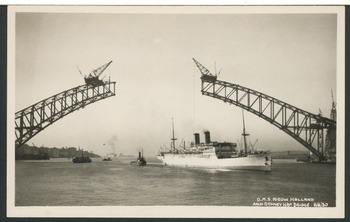
6-6-1930

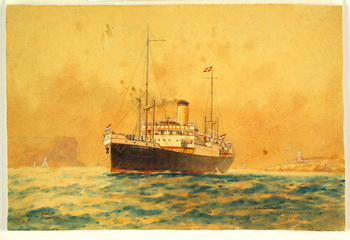
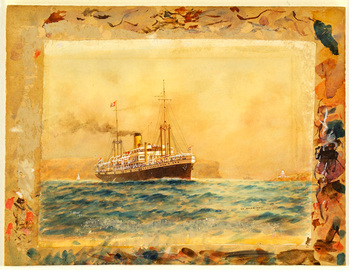
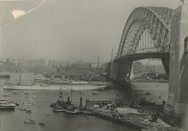
These ships, among others, were used for passenger and cargo transport, as well as military purposes during World War II.
The end of the KPM
Between the two world wars, the activities of the Koninklijke Paketvaart Maatschappij (KPM) grew so much that its fleet surpassed that of the Rotterdamsche Lloyd (RL) and the Stoomvaart Maatschappij Nederland (SMN), becoming the largest Dutch shipping company in terms of both the number of ships and tonnage. World War II abruptly ended this growth, and KPM emerged from the war heavily damaged. The company lost 96 ships, resulting in the deaths of approximately 1,000 people. The first cargo ship lost to enemy action was the Rantaupandjang, sunk by a German cruiser near Madagascar on February 22, 1941. In 1942, over 400 interned German civilians perished off the coast of Sumatra when the KPM ship Van Imhoff was sunk by a Japanese fighter plane. As a reprisal, 29 employees of the KPM office in Amsterdam were taken by the German occupiers to the Sint-Michielsgestel concentration camp.
In 1947, KPM’s overseas lines were merged with the independent Java-China-Japan Line (JCJL) and on January 1, 1948, incorporated into a new company: the Koninklijke Java-China-Paketvaart Lijnen (KJCPL). KPM then focused entirely on inter-island shipping. This soon became difficult due to the establishment of the state of Indonesia in 1949 and the dissolution of old colonial ties. On December 6, 1957, following the “Black Sinterklaas,” the Indonesian government decided to take possession of the KPM company, formalising this with nationalisation legislation in 1958-1960. Most ships moved to Singapore in April 1958, where a new operational headquarters was established.
A large portion of the relatively small fleet was sold and staff were laid off. With larger and more modern ships, the company sought new shipping areas in the Far East, the Pacific, the Persian Gulf, and the Mediterranean.
On January 1, 1967, KPM merged with the Koninklijke Java-China-Paketvaart Lijnen (KJCPL). Technically, it was an acquisition, and the rebuilt company was incorporated into KJCPL. KPM contributed a fleet of 38 ships, with a total tonnage of 205,766 GRT. KJCPL then merged with other Dutch shipping companies in 1970 to form Nedlloyd, which was transformed into P&O Nedlloyd in 1996 and merged into the Danish conglomerate Mærsk in 2005.
The Dutch part of the KPM archive was transferred by Nedlloyd to the National Archive, while the Indonesian archive was largely lost during the seizure of the headquarters. KPM’s art collection became part of the ‘Nedlloyd collection,’ which has been loaned to the Maritime Museum Rotterdam and the Scheepvaart Museum in Amsterdam.
See also:
Dutch merchant fleet delivered major contribution to the war in the Pacific.
Steam Shipping Lines Australia – Netherlands – starting in 1864
Dutch immigrant ships to Australia
From steam to cruise: the legacy of Dutch shipping lines in Australia


